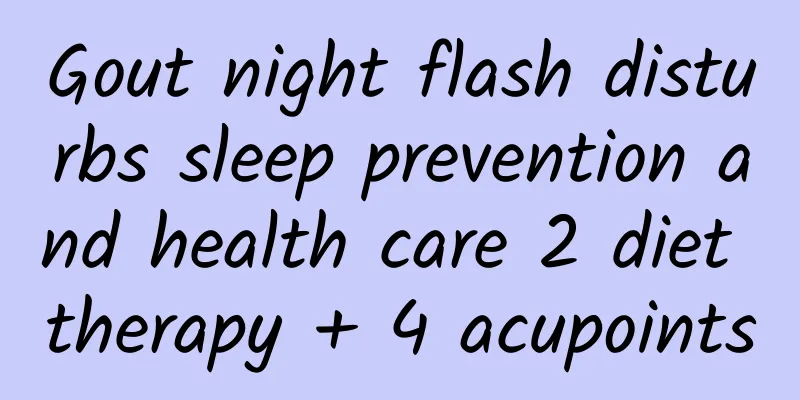Young people are wild and afraid of being fat! The secret to losing weight, doctors analyze it this way...

|
Most modern teenagers have no worries about food and clothing, so the problem of obesity is becoming more and more important; when the prevalence of obesity is higher, naturally there will be more complications of obesity. (Situational picture/provided) Definition: Body Mass Index (BMI) is used clinically to assess overweight and obesity in adolescents. The BMI algorithm is weight (kg) divided by the square of height (m). However, BMI cannot directly measure body fat, so for teenagers with more muscles (such as athletes), we will overestimate their obesity; for teenagers with less muscles (such as children who don’t like sports), we will underestimate their obesity. BMI should be measured at least annually in adolescents and should be plotted on appropriate growth curves to determine BMI percentiles and trends. Strategies to improve obesity vary according to the weight category of adolescents. Body Mass Index (BMI) = Weight (kg) / Height2 (m2) The following are weight categories for children and adolescents aged two to twenty years:
Severe obesity: BMI ≧120% of the 95th percentile of BMI or BMI ≧35 Evaluation: A complete evaluation will identify treatable causes and comorbidities. A good evaluation includes a complete medical history and physical examination, with blood draws and imaging studies as needed. Medical history: This should include the age at which excess weight began and the adolescent's eating and exercise habits. Eating habits
(Situational picture/provided) Exercise habits
Family history The complications of obesity are closely related to family heredity. If one of the parents is obese, we can predict that their children will also be prone to obesity problems when they grow up. Psychological assessment: The psychological assessment should include the following:
Monitoring and Disposal Growth BMI trends: If the BMI percentile is initially below 85 but increases at a rate of more than 3-4 units (kg/m2) per year, the adolescent is at risk for overweight and obesity, so it is necessary to discuss weight gain with parents and provide parents with some tips to help adolescents maintain a healthy weight. Ways to maintain a healthy weight (Photo provided by Far Eastern Hospital)
|
<<: Do sit-ups to lose belly fat? Exercise your abdominal muscles with this one trick
Recommend
What are the treatments for uterine fibroids?
Uterine fibroids are the most common benign tumor...
How long does it take for menstruation to last after ovarian cyst surgery?
How long does menstruation last after ovarian cys...
How much does scar pregnancy abortion cost
As more and more pregnant women choose cesarean s...
Patients with pelvic inflammatory disease may eventually develop infertility symptoms
Pelvic inflammatory disease patients will eventua...
Jolin Tsai and Fang Siyu both love it~7 reasons why a female bodybuilder must do squats
If you want to exercise your lower body muscles, ...
What happened when menstruation has not been bleeding, especially less bleeding?
What happened if my menstrual bleeding has not st...
How long does it take to walk normally after treatment of Bartholin's gland cyst?
After treatment of Bartholin's cyst, you can ...
Detailed description of the prevention methods of cervicitis
Before women have hymen, it serves as a protectiv...
What are the nursing knowledge for vulvar leukoplakia
Many women are troubled by vulvar leukoplakia, wh...
How to take care of women who have amenorrhea?
Many women in life are aware of amenorrhea. Many ...
Is it true that painless abortion is painless?
Is painless abortion painless? Are those advertis...
How effective is microwave treatment for cervicitis? Pay attention to these matters when using microwave treatment for cervicitis
The so-called cervicitis is actually cervical ero...
How is Polycystic Ovary Syndrome Diagnosed?
The main clinical manifestations of PCOS are mens...
Is it normal to bleed a week before your period? 4 reasons can cause premature bleeding
If you occasionally bleed a week before your peri...
What tests should be done before ovarian cyst surgery?
Before surgery for ovarian cysts, you need to do ...









